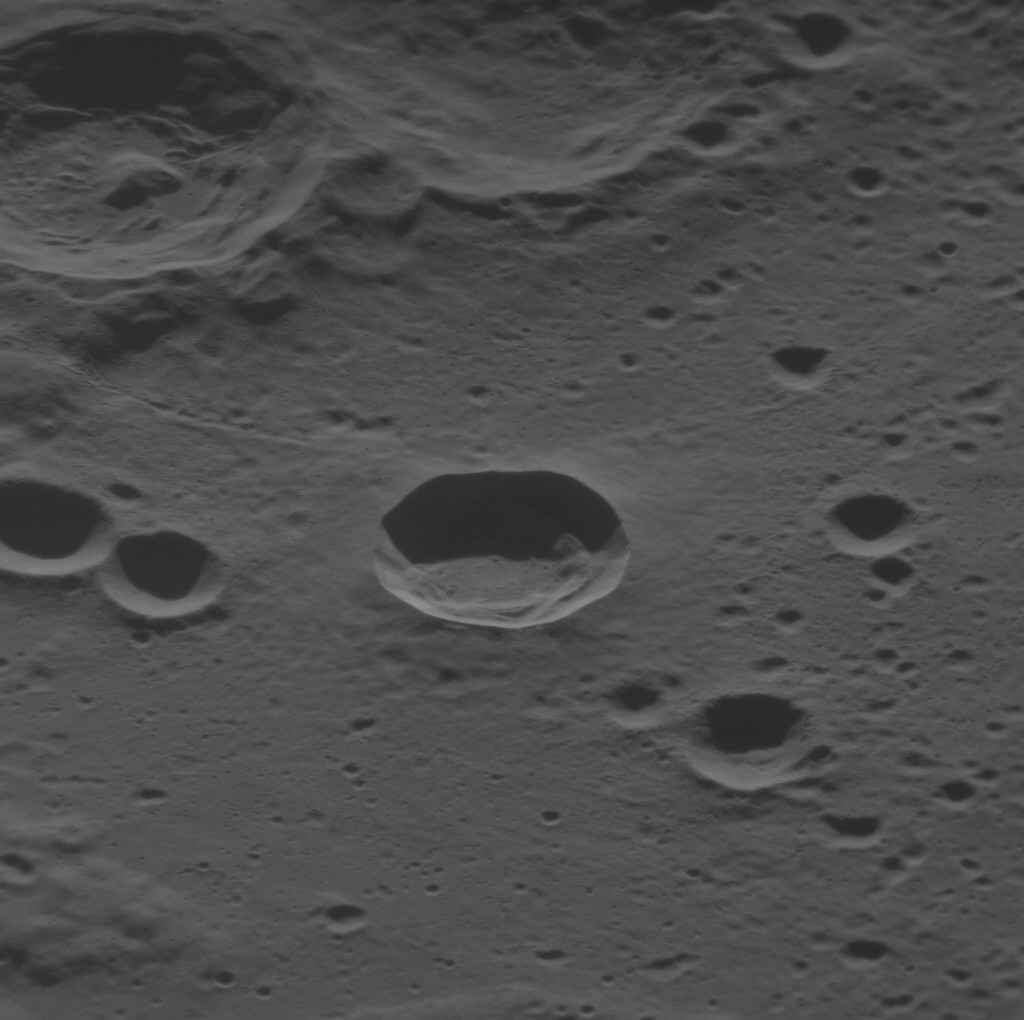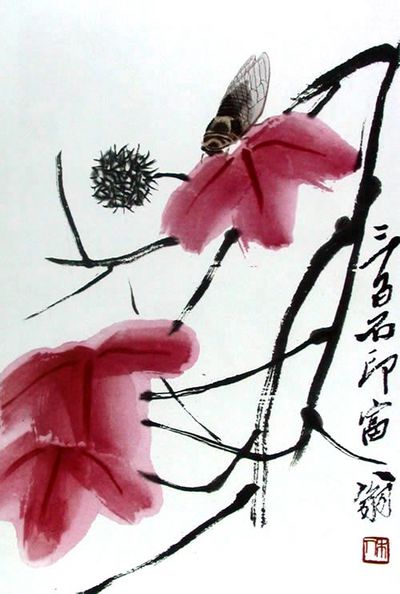|
Qi Baishi Crater
Qi Baishi is a crater on Mercury. The crater was named after famed Chinese painter Qi Baishi. The crater has an asymmetric pattern of ejecta rays, which formed by an object traveling to the east or to the west and impacting Mercury's surface at a very low incidence angle. However, Qi Baishi crater is still roughly circular, which is in contrast to the elongated shape of neighboring Hovnatanian The Hovnatanyan family ( hy, Հովնաթանյաններ, ''Hovnat'anyanner'') was a prominent Armenian family of painters. They include five generations from 17th to 19th centuries. Hovnatanyans are originally from the village of Shorot, Yernj ... crater.''MESSENGER'': MErcury Surface, Space ENvironment, GEochemistry, and Ranging References Impact craters on Mercury {{Mercury-planet-stub ... [...More Info...] [...Related Items...] OR: [Wikipedia] [Google] [Baidu] |
MESSENGER
''MESSENGER'' was a NASA robotic space probe that orbited the planet Mercury between 2011 and 2015, studying Mercury's chemical composition, geology, and magnetic field. The name is a backronym for "Mercury Surface, Space Environment, Geochemistry, and Ranging", and a reference to the messenger god Mercury from Roman mythology. ''MESSENGER'' was launched aboard a Delta II rocket in August 2004. Its path involved a complex series of flybys – the spacecraft flew by Earth once, Venus twice, and Mercury itself three times, allowing it to decelerate relative to Mercury using minimal fuel. During its first flyby of Mercury in January 2008, ''MESSENGER'' became the second mission, after Mariner 10 in 1975, to reach Mercury. ''MESSENGER'' entered orbit around Mercury on March 18, 2011, becoming the first spacecraft to do so. It successfully completed its primary mission in 2012. Following two mission extensions, the spacecraft used the last of its maneuvering propellant to deo ... [...More Info...] [...Related Items...] OR: [Wikipedia] [Google] [Baidu] |
Qi Baishi
Qi Baishi (1 January 1864 – 16 September 1957) was a Chinese painter, noted for the whimsical, often playful style of his works. Born to a peasant family from Xiangtan, Hunan, Qi taught himself to paint, sparked by the Manual of the Mustard Seed Garden. After he turned 40, he traveled, visiting various scenic spots in China. After 1917 he settled in Beijing. Some of Qi's major influences include the early Qing dynasty painter Bada Shanren () and the Ming dynasty artist Xu Wei (). The subjects of his paintings include almost everything, commonly animals, scenery, figures, toys, vegetables, and so on. He theorized that "paintings must be something between likeness and unlikeness, much like today's vulgarians, but not like to cheat popular people". In his later years, many of his works depict mice, shrimp or birds. He was also good at seal carving and called himself "the rich man of three hundred stone seals" (). In 1953, he was elected president of the China Artists Associat ... [...More Info...] [...Related Items...] OR: [Wikipedia] [Google] [Baidu] |
Qi Baishi Crater EN0250538099M
In traditional Chinese culture and the East Asian cultural sphere, ''qi'', also ''ki'' or ''chi'' in Wade–Giles romanization ( ), is believed to be a vital force forming part of any living entity. Literally meaning "vapor", "air", or "breath", the word ''qi'' is often translated as "vital energy", "vital force", "material energy", or simply as "energy". ''Qi'' is the central underlying principle in Chinese traditional medicine and in Chinese martial arts. The practice of cultivating and balancing ''qi'' is called ''qigong''. Believers in ''qi'' describe it as a vital force, the flow of which must be unimpeded for health. ''Qi'' is a pseudoscientific, unverified concept, and is unrelated to the concept of energy used in science "Despite complete scientific rejection, the concept of a special biological fields within living things remains deeply engraved in human thinking. It is now working its way into modern health care systems, as non-scientific alternative therapies bec ... [...More Info...] [...Related Items...] OR: [Wikipedia] [Google] [Baidu] |
Mercury (planet)
Mercury is the smallest planet in the Solar System and the closest to the Sun. Its orbit around the Sun takes 87.97 Earth days, the shortest of all the Sun's planets. It is named after the Roman god ' ( Mercury), god of commerce, messenger of the gods, and mediator between gods and mortals, corresponding to the Greek god Hermes (). Like Venus, Mercury orbits the Sun within Earth's orbit as an inferior planet, and its apparent distance from the Sun as viewed from Earth never exceeds 28°. This proximity to the Sun means the planet can only be seen near the western horizon after sunset or the eastern horizon before sunrise, usually in twilight. At this time, it may appear as a bright star-like object, but is more difficult to observe than Venus. From Earth, the planet telescopically displays the complete range of phases, similar to Venus and the Moon, which recurs over its synodic period of approximately 116 days. The synodic proximity of Mercury to Earth makes Mercury most ... [...More Info...] [...Related Items...] OR: [Wikipedia] [Google] [Baidu] |
Hovnatanian (crater)
Hovnatanian is a crater on Mercury. Its “butterfly” pattern of ejecta rays were created by an impact at an even lower angle than that which formed neighboring Qi Baishi crater. From the "butterfly" pattern of rays (similar to Messier crater on the moon), the Hovnatanian impactor was travelling either north-to-south or south-to-north prior to hitting Mercury's surface. The crater was named for Hakob Hovnatanyan Hakob Hovnatanyan ( hy, Հակոբ Մկրտումի Հովնաթանյան; 1806–1881) was an Armenian artist. He was a member of the Hovnatanyan family, a miniaturists dynasty from the 17th to the 19th centuries. Hacob Hovantanyan who was als ..., a 19th-century Armenian artist. Views Hovnatanian crater EN0261369950M.jpg, MESSENGER image showing the bright crater floor and some of the extent of the rays Hovnatanian crater EN0235218286M.jpg, Oblique MESSENGER image at a low sun angle References Impact craters on Mercury {{Mercury-planet-stub ... [...More Info...] [...Related Items...] OR: [Wikipedia] [Google] [Baidu] |

